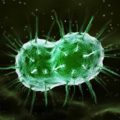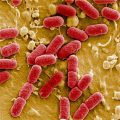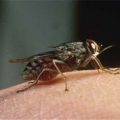The discovery of Staphylococcus aureus in the feces grudnichka scare young mothers, special, if the child first experiences and treatment of childhood diseases are no. The presence of Staphylococcus aureus in the feces, and therefore, and in the body crumbs portends nothing good. Need to know, it is one of the most common infections in infants. Besides, after detection of staphylococcal bacteria, they can expel the baby from the body and cure it.
What is Staphylococcus aureus?
This type of staph is localized in the intestine, on the mucous membranes of the nose or throat, it is considered opportunistic. The infection can penetrate into the lungs, which causes the development of pneumonia. Documented cases of penetration into the blood.
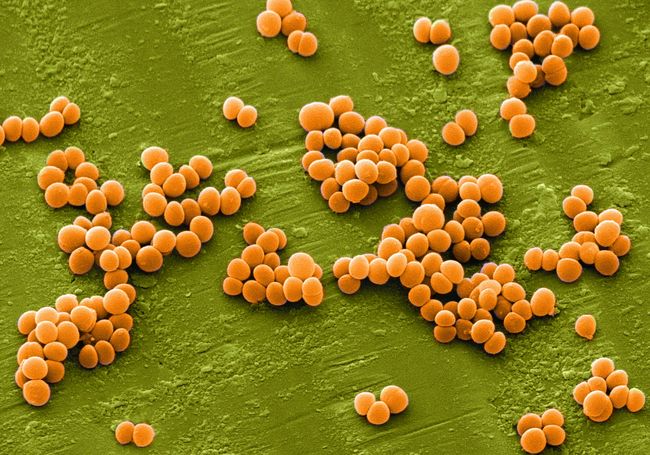
The bacterium Staphylococcus aureus is a spherical shape, when planting it in the culture medium gives colonies characteristic golden color, which served to highlight some of its species.
note! according to statistics,, This infection takes 4 among hospital-acquired infections. Outside the hospital, he does not bear the danger, and serious complications occur when too weakened immunity and the existence of risk factors.
Risk factors:
- pathology pregnancy.
- Pathology generic process.
- Preeclampsia during gestation.
- The birth of a premature baby.
- infant malnutrition.
- Violation of personal hygiene newborn.
Causes of infection
The main causes include infection: grudnichka low immunity and lack of hygienic care of him, or incorrect its realization. This does not mean, that it is necessary to strive for sterility, but the basic rules you need to perform.
Newborns, despite, that receive the strongest protection of the mother's milk, still have underdeveloped immune system. For its formation takes time. As a result, kids are quite vulnerable to various kinds of infections.
Particularly difficult to protect the baby from infection then, when he tries everything to try "to the tooth" - all, that surrounds it, immediately enters the mouth, and create absolute security is impossible.
Most often, the detection of Staphylococcus aureus occurs in infants.
note! The first acquaintance with the infection can occur immediately after birth, because in the womb is a pipsqueak in a sterile environment, while passing through the birth canal, immediately contacted with a plurality of microorganisms, that, naturally, there are around.
Caption stafilokokka
Surprisingly, on the analysis of Staphylococcus aureus in the feces grudnichka may be a number of indicators, considered normal. Staphylococcus fourth degree is the norm, and requires minimal treatment, which lies in prevention activities, immune support, getting rid of beriberi.
staphylococcus 10 at 4 degree also called dangerous, but still it must be treated. And be sure to take the full course of treatment, otherwise staphylococci remain in the body are resistant to subsequent treatment.
Infection with a titer 10 at 5 degree gives baby considerable discomfort. In particular, there flatulence, pain in the tummy, decreased appetite, diarrhea or constipation. Treat staph in 5 degree is required.
With an increase in titer 1 paragraph, i.e 10 at 6 extent already appears green chair, neperetravlennoy lumps of food with strong odors. It can also be manifested by vomiting, slackness, increase in temperature.
note! Not docked infection, its development may lead to more serious symptoms.
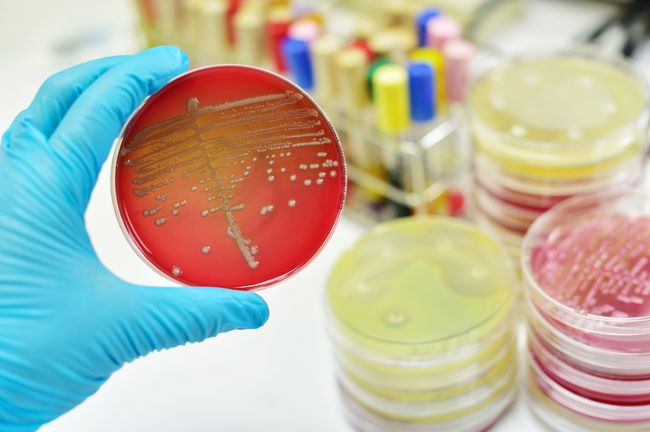
symptomatology
Symptoms Staphylococcus aureus can be quite diverse, and it all depends on the localization of microorganisms. Among the most frequent:
- Staphylococcus in the intestine grudnichka reveal itself breach the GI tract works, the baby experiences sensations, after the poisoning. What is very important, immunity to staphylococci do not produce, and therefore, probably re-infection.
- Inflammation of the skin, which are similar to scarlet fever. It shows, that the infection are operating inside the body.
- Rapid course of the disease, It takes place high fever, shortness of breath, hyperemia.
- On the mother's breast, that feeds, may occur purulent mastitis, In this case, feeding should be stopped.
- In infants temperature increases 5-6 day, and all signs of intestinal poisoning.
- Meningitis, sepsis, pneumonia.
It is often confused with the symptoms of staph colds, that misleads young parents. Upon detection of at least a few of these symptoms, please refer to the pediatrician.
note! There is a possibility of asymptomatic course of the disease. It will be accompanied by minor skin lesions, in this case, only the tests will confirm or deny the fact of infection.
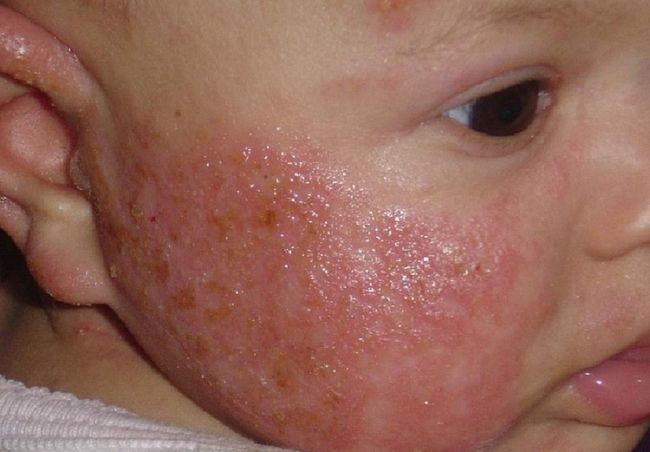
Effects
Development of staph in the body grudnichka leads to the manifestation of these lesions:
- purulent, inflammation of the skin and even internal organs. Manifestation - pimples, boils, rash.
- The presence of microorganisms in the nasal mucous cause angina, otitis, other upper respiratory tract infections.
- When injected into the lungs causing pneumonia.
- Bones affected by staphylococcus suffer from osteomyelitis.
- Localization in the kidneys causing pyelonephritis.
- May even reach the heart, causing endocarditis.
You can continue for a long time, because lesions may be any body.
Diagnostics
If you suspect a staph young mothers often do not seek a doctor with experience and necessary knowledge, and on the forums.
Attention! More, than the profile inspection and necessary tests, you do not tell anyone, so do not risk baby's health, and immediately contact a doctor.
When diagnosing disease first and most important is the specimen collection, needed for this:
- Breast milk. And it is analyzed independently of the manifestations of the infection in a child.
- When SARS symptoms in infants is taken swab of the nose.
- If there are signs of intestinal infection need fecal.
note! When Staphylococcus aureus is found in breast milk, it certainly exists in feces grudnichka. In this case, treatment should be held together - mother and child.
Treatment
Upon confirmation of the diagnosis is necessary:
- Carefully review the child's hygiene. Since its volume is insufficient or improper conduct it is, perhaps, first factor infection.
- Precise performance of the treatment system. Under a doctor's care.
Treatment takes place only in a hospital, under the supervision of medical staff.
note! The use of antibiotics is not always justified. Besides, that such treatment is dangerous for the child's body still weak (dysbiosis, aggravation of the infection), Staphylococci can not be destroyed by them. There are only a number of cases, when no antibiotic therapy does not do.
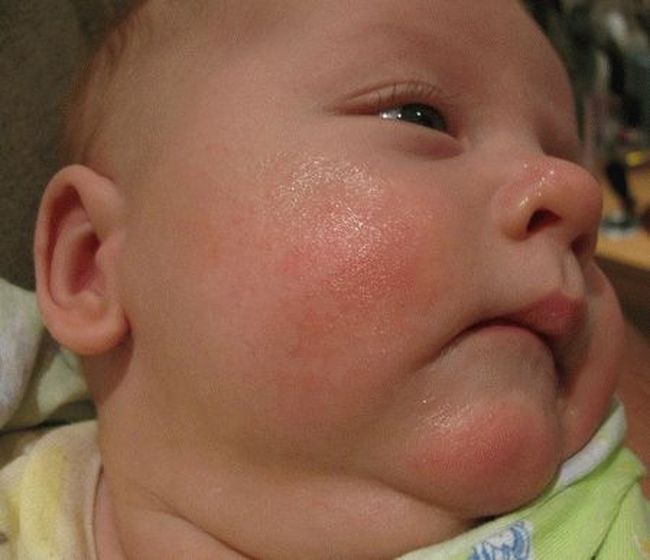
The appointment of one or another system of treatment depends on the detection of infection and may include:
- Antibiotics penicillin.
Attention! When antibiotic treatment is important to completely rid the body of infection. Otherwise staphylococci produce immunity to the used type of formulation, and when re-infection they will be immune to this type of.
- immunostimulatory therapy. strengthening the immune system, you can speed up the healing process.
- fortification, intake of mineral supplements and other substances, which are able to normalize hormonal and metabolic processes in the body grudnichka.
The treatment always has a complex character, a set of procedures and medicines depends on the localization of the pathogen.
As an additional treatment may be used folk. To facilitate the state lotions are used in skin manifestations, rubbing the affected areas with infusions. Use of such methods should be prescribed with your doctor.
prevention
In order to avoid re-infection, or do not let the child this dangerous infection, need to:
- Follow the hygiene, take care of baby's skin.
- Wash fruits and vegetables before eating.
- Sores on the skin processing using antiseptics.
- With smaller babies should be in public places.
- Exclude from use in food (mother) product packaging with broken or even without it.
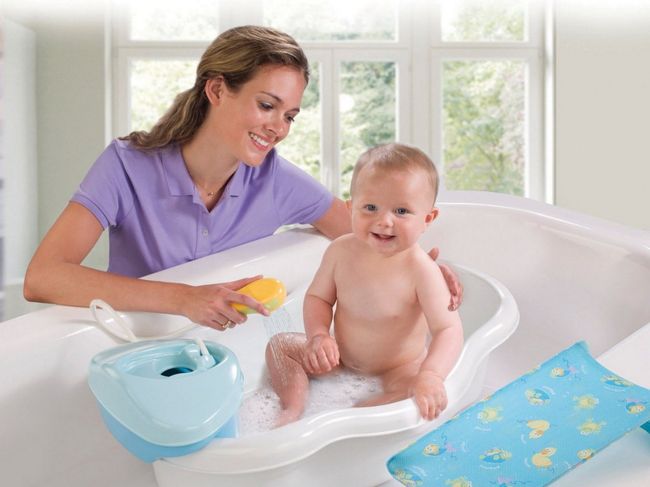
Conclusion
Tutor treatment aureus in infants do not need, because it is fraught with the development of complications, which is much more dangerous to health, rather than the infection itself. Traditional methods without drug therapy ineffective. the main thing, create a proper hygienic care and maintain medical advice.



